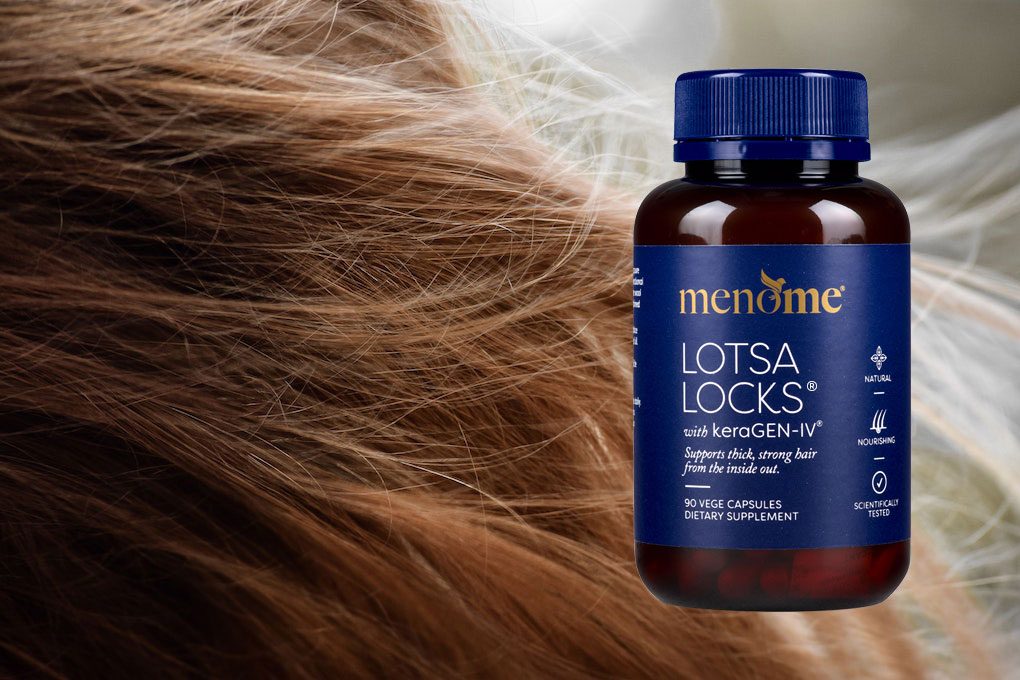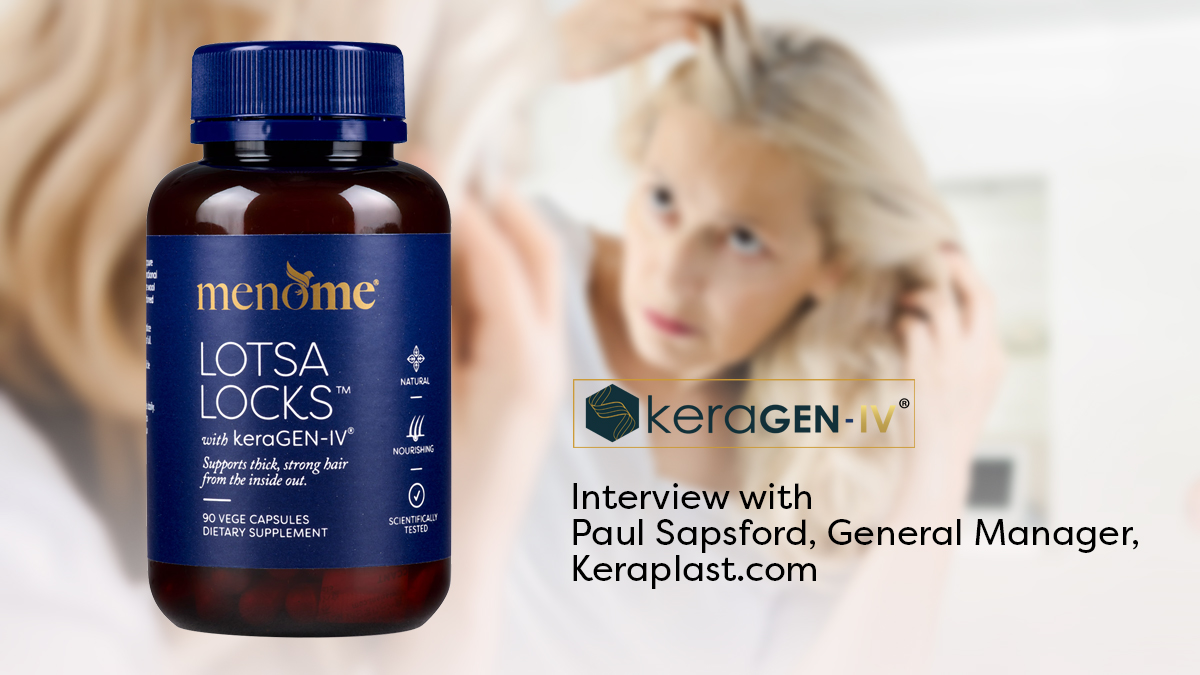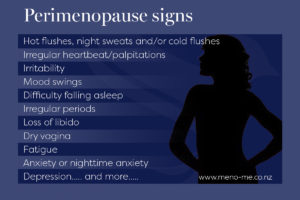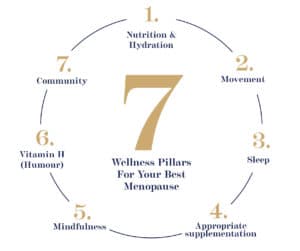How LotsaLocks® by MenoMe® Gave Us Back Our Crowning Glory (aka Hair!)

Picture this: I’m in my 20s and while out on the town people are coming up and stroking my hair.
Apparently, it looks so healthy and glossy they feel it’s ‘strokeable’.
Twenty-four hours later I’ve acquired head injuries and that ‘strokeable’ hair had to be shaved. Subsequently, I needed to wear a wig for several months. (But that’s a tale for another day!)
The point of sharing this story is that the loss of my locks was far more injurious than my wounds at the time.
I’ve also worked with lots of women who have lost their hair through chemotherapy. And many have said that losing their hair was more traumatic than their diagnosis.
Women, identity & hair
Interestingly, there are a lot of sociological papers written on how a woman’s hair is often tied into her identity.
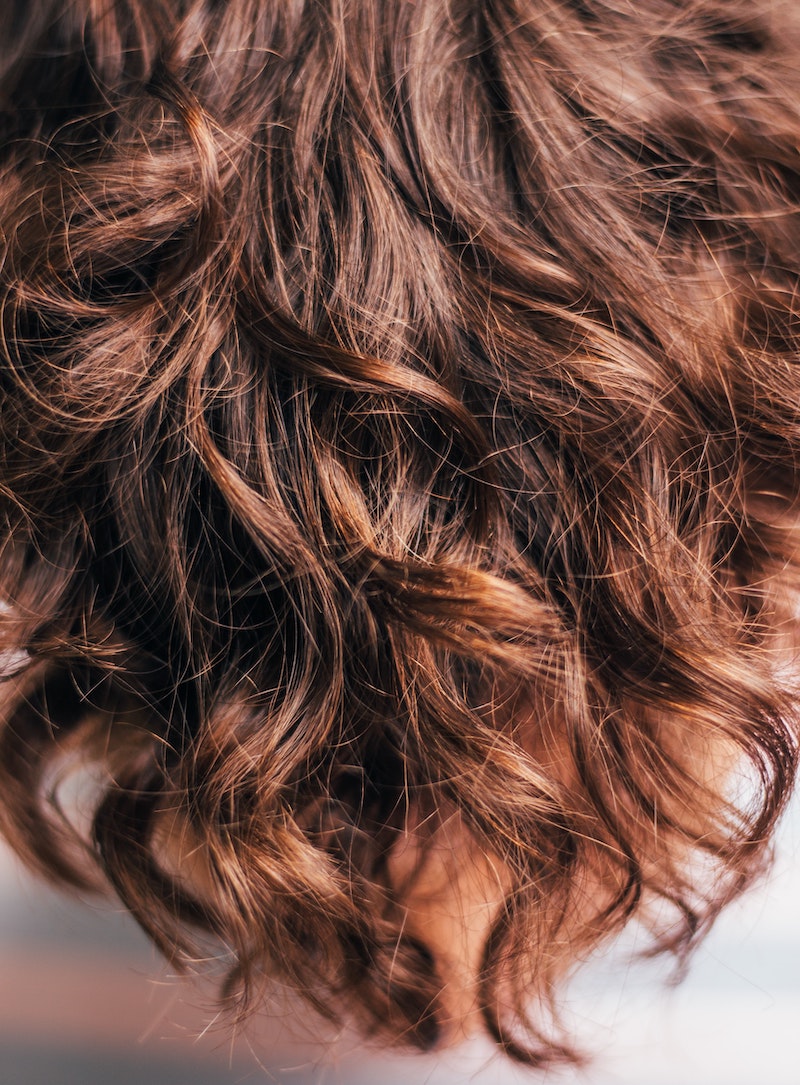
Indeed, historians declared hair a symbol of femininity and the term ‘crowning glory’ is believed to have been instigated by a phrase in the Bible. “If a woman has abundant hair, it is a glory unto her.”
There is also research suggesting that if a woman’s having a bad hair day, she equates it to a bad day overall.
Therefore, if we involuntarily lose our hair, or it becomes less dense, dry and brittle it can be detrimental to our psychological health and self-esteem.
Which brings us to….
…Hair changes at menopause
One of the visible changes of perimenopause and menopause is a shift in hair density and condition. Subsequently, most women will experience some form of hair loss or androgenetic alopecia by post-menopause.
Also known as female pattern hair loss (FPHL), around 40% of women will experience this by age 50. Furthermore, less than 45% of women will reach the age of 80 with a full head of hair. Source.
Hair loss during perimenopause and menopause is usually due to an imbalance of estrogen and androgen (testosterone and DHEA). When things are working well these androgens are converted into dihydrotestosterone (DHT). And DHT is crucial to blood flow and the health of the hair follicle.
But when levels get out of whack it can lead to shrinking follicles or shortening/lengthening of the growth cycle phases. In addition, the estrogen-progesterone ratio vital to luscious locks is often out of balance.
The hair growth cycle
Each strand of hair on our head grows out of a follicle, a pore-like structure. The process occurs in phases of growth, transition and resting.
- Anagen – active growth
- Catagen – hair dies and no longer grows
- Telogen – the follicle is dormant for approximately three months
Each follicle’s cycle lasts around two to five years. It’s also normal to lose around 50-100 strands of hair per day.
But menopause, common stressors such as death, divorce or infidelity, illness, thyroid dysfunction and poor nutrition can interrupt the cycle flow. And many of these conditions can also be intertwined with menopause.
The hair follicle may even turn off for an extended period. And if it becomes inactive or shrinks, hair will become thinner or shed.
You’ll get a good idea if this is happening to you by taking note of your hairbrush. Normally, it will collect some hairs with each use but if it’s filling up faster than usual you’ll know you’re experiencing change.
It can be a complicated science and it’s why we’ve created…
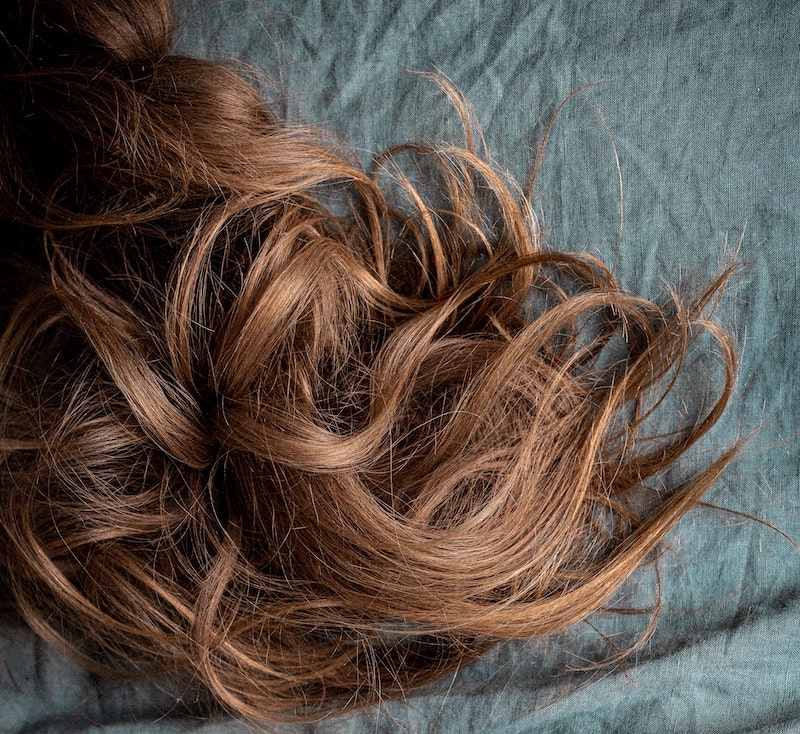
LotsaLocks® by MenoMe® with keraGEN-IV®
LotsaLocks® works by supporting hair follicle strength and boosting hair health from the inside out. The keraGEN-IV® we use is a digestible keratin protein that’s rich in the amino acid cysteine. Cysteine is an important building block for healthy, lustrous hair.
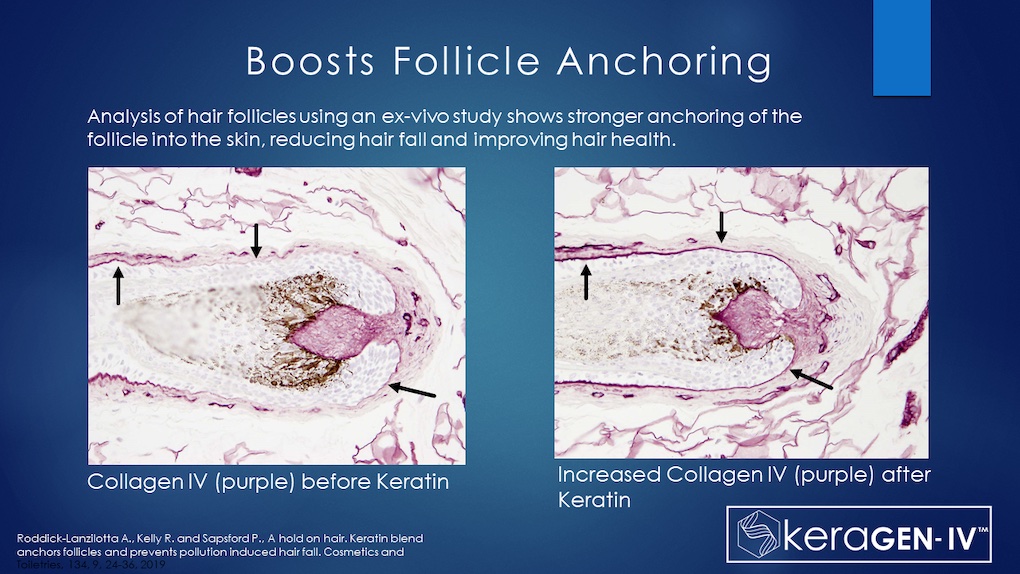
keraGEN-IV® has been scientifically studied and shown to support thick, strong hair. As well as that, you’ll probably notice your skin and nails improve too! 😊
Another bonus is that it’s ethically sourced from the wool of sheep raised in New Zealand. So you can rest assured no animals are harmed in the process.
We’ve also included Biotin in there which is part of the vitamin B family and a well-known hair booster.
How LotsLocks® by MenoMe® gave us back our crowning glory
Jenna
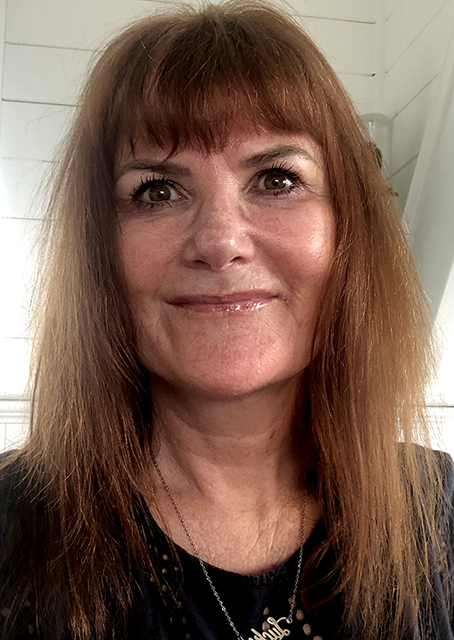
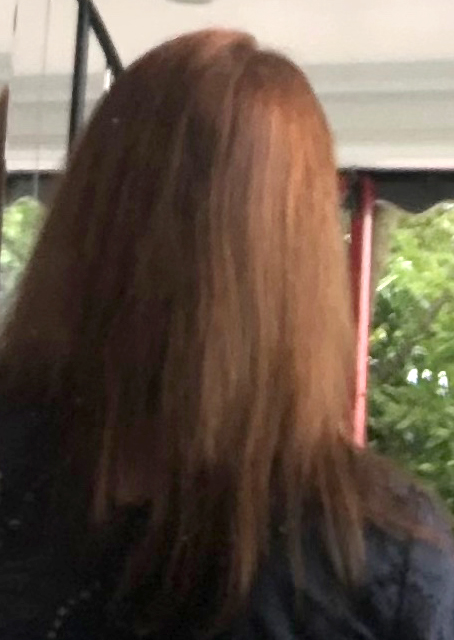
I’ve been using LotsaLocks® and to tell you I’m a huge fan would be an understatement. Let me say that again. I’m a HUGE fan.
My hair has always been fine but plentiful. But over the past – say – two to three years, I’ve noticed my (strokeable 🤣) hair thinning. To add insult to injury my part line was growing further apart.
Cue a little bit of distress. Because ever since I’d had the head injury I’ve kind of been attached to my hair. 🤣
At the time of writing, I’ve been using LotsaLocks® for several months. At first, I noticed my nails growing thicker. Then my hair became more manageable and the part line didn’t seem to have such a wide gap.
After about three months, I could see it was denser and thicker at the scalp.
But it’s the last couple of weeks that have been the clincher for me. I have been constantly running my hands through my hair because it feels like there’s so much of it! (Joy.) And it’s in much better condition.
Plus, there’s no breakage when I look at the back view.
Rose
Our friend Rose Sievers has also been testing LotsaLocks® for the past three months. Here’s what she had to say:
My hair has always been fine and I’ve always worn it up but it had grown much finer. As a result, my hair would fall out if I tried to wear it up. I wear a lot of black and people had started to pick fallen hairs off my clothes but I noticed that that stopped happening. After about six weeks I got excited as when I put my fingers through my hair I could feel new growth. I tried putting it up again and it stayed up all day! 😊 I told my daughter Nikki about LotsaLocks® and she was sceptical. She also tends to be brutally honest. But the other weekend she said to me, “You know, I really can see a difference in your hair.” And my son Matt’s friend, Taylor, was at our place the other day. He put his hands on my ponytail (he's like a second son) and said “your hair feels so soft”. These days I use a banana clip to put it up on the weekends - I’ve never been able to do that before. Now, when I take it down I look at my hair and think how much thicker it is.
Rose Sievers
